Abstract: Electronically scanned antenna terminals are redefining the standards of satellite connectivity for LEO and GEO constellations. Driven by demands for low latency, mobility, and real-time adaptability, these systems combine solid-state engineering and smart beamforming. This post demystifies the technology, tracks current industry leaps, and shows how Novocomms is enabling next-gen Satcom solutions for aerospace, operators, and mobility services.
Introduction: The Connectivity Challenge That Defines the Decade
5G on the ground. LEO and GEO constellations in orbit. Seamless mobility anywhere on earth. As satellite operators and system integrators push for ever-faster, always-on connectivity, the bottleneck is no longer just in the sky—it’s at the terminal. Satellite antenna terminals for LEO and GEO deployments are under more scrutiny than ever. And electronical beam steering—no motors, no inertia—has moved from R&D novelty to commercial necessity.
At Novocomms Space, we’ve spent years engineering the underlying RF architectures, evaluating beamforming efficiency in real-world field trials, and tackling the physics of packing power into compact, all-weather enclosures. Here, we’ll unpack where electronically scanned antennas (ESAs) are winning, where limits still lie, and why this tech is already reshaping the roadmap for space-to-ground and mobility networks.
From Parabolic Dishes to Digital Precision: Why Electronically Scanned Antenna Terminals Matter
Legacy parabolic antennas served the industry well, but their reliance on mechanical steering made them heavy, slow, and failure-prone—especially for mobile assets (maritime, aero, and land vehicles). In an era where LEO and GEO satellites shift dynamic beams across the globe, terminals must track, switch, and adapt in milliseconds, not seconds. That’s what ESAs provide: instantaneous, programmable steering enabled by phased array and solid-state switching.
This shift isn’t cosmetic. Electronically scanned terminals unlock:
- Multi-orbit compatibility—Supporting both rapid LEO handovers and GEO’s wide coverage.
- Full mobility—Flat, rugged form-factors for aircraft fuselages, vehicle roofs, and uncrewed platforms.
- Low-latency beam switching—Critical for next-gen networking and real-time mobility applications.
Industry Update: Compact Multi-Orbit Antennas Lead the Way
2024 is shaping up as a year of accelerated convergence. Recent industry launches—from Kymeta’s Osprey u8 HGL hybrid GEO/LEO terminal to new integrated modems from leading OEMs—are pushing the envelope on compactness, redundancy, and seamless switching. Flat, electronically steered arrays are now standard, not aspirational, for high-reliability deployments. Resilience is king: users from military operators to fleet mobility providers demand systems that can move from GEO to LEO (and beyond) without a reboot or manual retargeting.
The market is clear: multi-orbit, all-in-one terminals are a must-have for network resilience. And this trend slots directly into where Novocomms Space invests our design resources—multi-band, tightly integrated, and ruggedized for real-world mission profiles.
Inside the Tech: How Electronically Scanned Antenna Terminals for LEO and GEO Work
An ESA doesn’t steer by moving a dish. Instead, it smartly times phase shifts across a dense array of miniature antenna elements. The result? A beam that can be swung across the sky in milliseconds—tracking dozens of LEO satellites as they zip overhead, then pivoting to GEO as backup or throughput demands dictate.
Other advantages for satellite antenna terminals for LEO and GEO include:
- No moving parts: Minimizing wear and extending lifecycle even in harsh aerospace or marine environments.
- Software-defined agility: Firmware updates can empower new constellation support, frequency agility (L, Ku, Ka-bands), and smart handovers late into the product lifecycle.
- Low profile: Installing under radomes or flush with hull surfaces for minimal drag and signature.
The downside? Power and cost density are real challenges for commoditization. But innovation in materials, RF efficiency, and integrated design (an area where Novocomms excels) is rapidly moving the needle.
Applications: What This Means for Mobility Operators, Satcom Buyers, and Aerospace Engineers
For satellite operators and Satcom integrators, reliability and scalability translate into new business models. Imagine a single compact terminal that can maintain a connection with a LEO constellation for high throughput—and instantly switch to GEO for redundancy or extended coverage. Aero and maritime operators need globally consistent connectivity as vessels or aircraft traverse coverage boundaries; mobility service providers want the same performance in remote mining, energy, or border security deployments.
What’s emerging is a toolkit where a single class of smart, electronically steered terminal can replace a rack’s worth of old gear—cutting weight, boosting uptime, and shrinking engineering integration cycles. For buyers, the value isn’t just in the hardware—it’s in reduced field service events and a future-proof path as more orbits light up with new constellations.
Novocomms’ Approach: Engineering ESAs Built for Real-World Demands
At Novocomms Space, our roadmap is shaped by these customer realities. We specialize in developing satellite antenna terminals for LEO and GEO applications that blend our advanced RF engineering with scalable, cost-sensitive manufacturing. Our platform approach enables:
- Multi-band L, Ku, and Ka coverage
- Flat, modular architectures for vehicle, airborne, or fixed-site deployment
- Embedded smart switching across orbits and service providers
- Extensive simulation, chamber, and field test validation
Whether it’s pushing for lowest-in-class insertion loss, or building firmware-driven adaptability into every unit, Novocomms partners with aerospace engineers, Satcom terminal buyers, and operators who treat reliability and agility as non-negotiable. Our work is enabling customers to field solutions that are not just next-gen in spec, but outpace legacy systems on the metrics that matter: uptime, throughput, deployment speed, and cost-per-bit.
Conclusion: Building the Next Generation of Everywhere-Connected Infrastructure
The age of digitally scanned, all-software, multi-orbit satellite terminals is here—and the competitive edge is going to those who master the sweep of both technology and integration reality. Operators ready to move beyond legacy trade-offs are shifting fast, and partners who can bridge the gap between product spec and field performance will define the next decade of connectivity.
Want to see how Novocomms’ satellite antenna terminals for LEO and GEO can accelerate your project? Contact Novocomms Space today to discuss tailored solutions engineered for your mission, your environment, and your future-proof roadmap.
